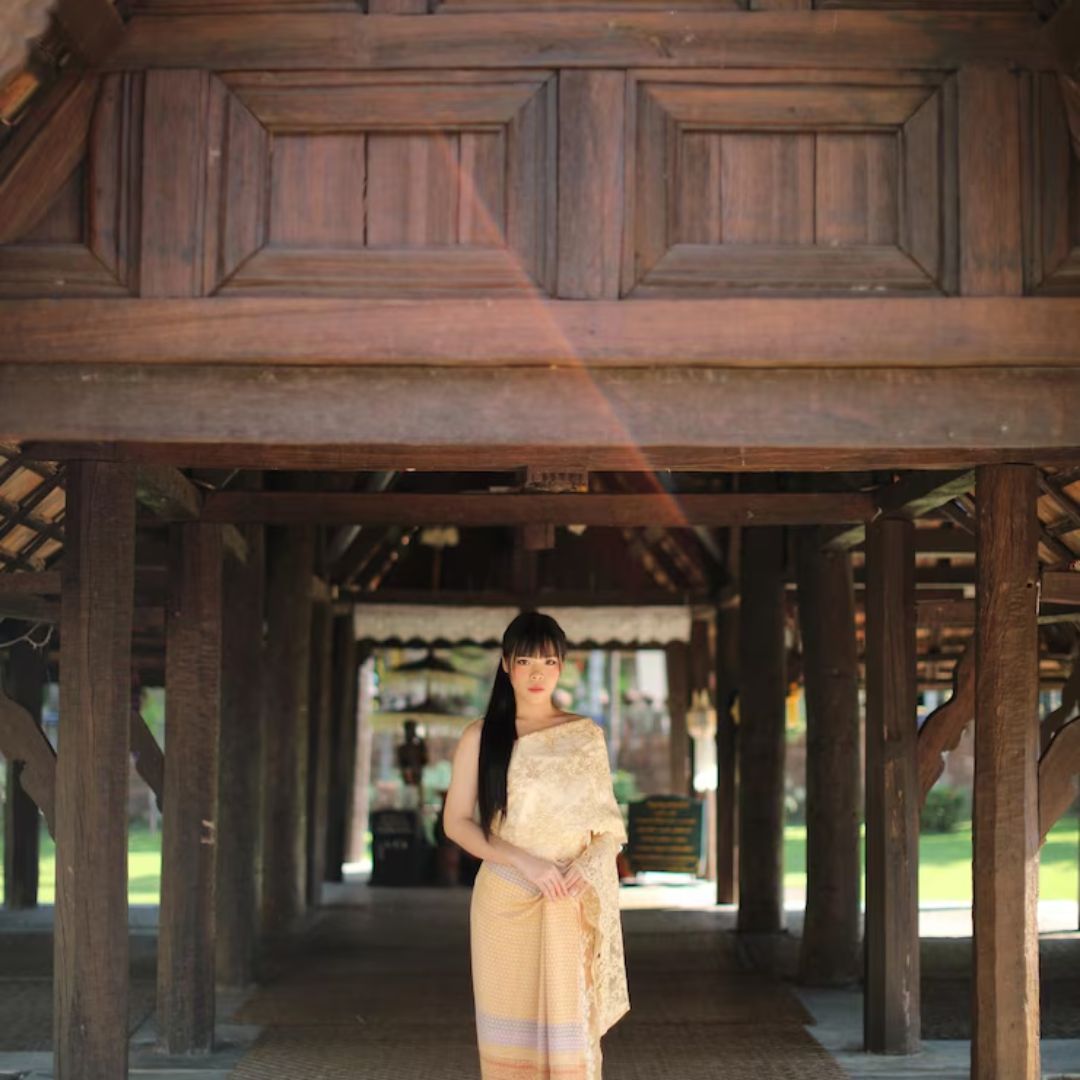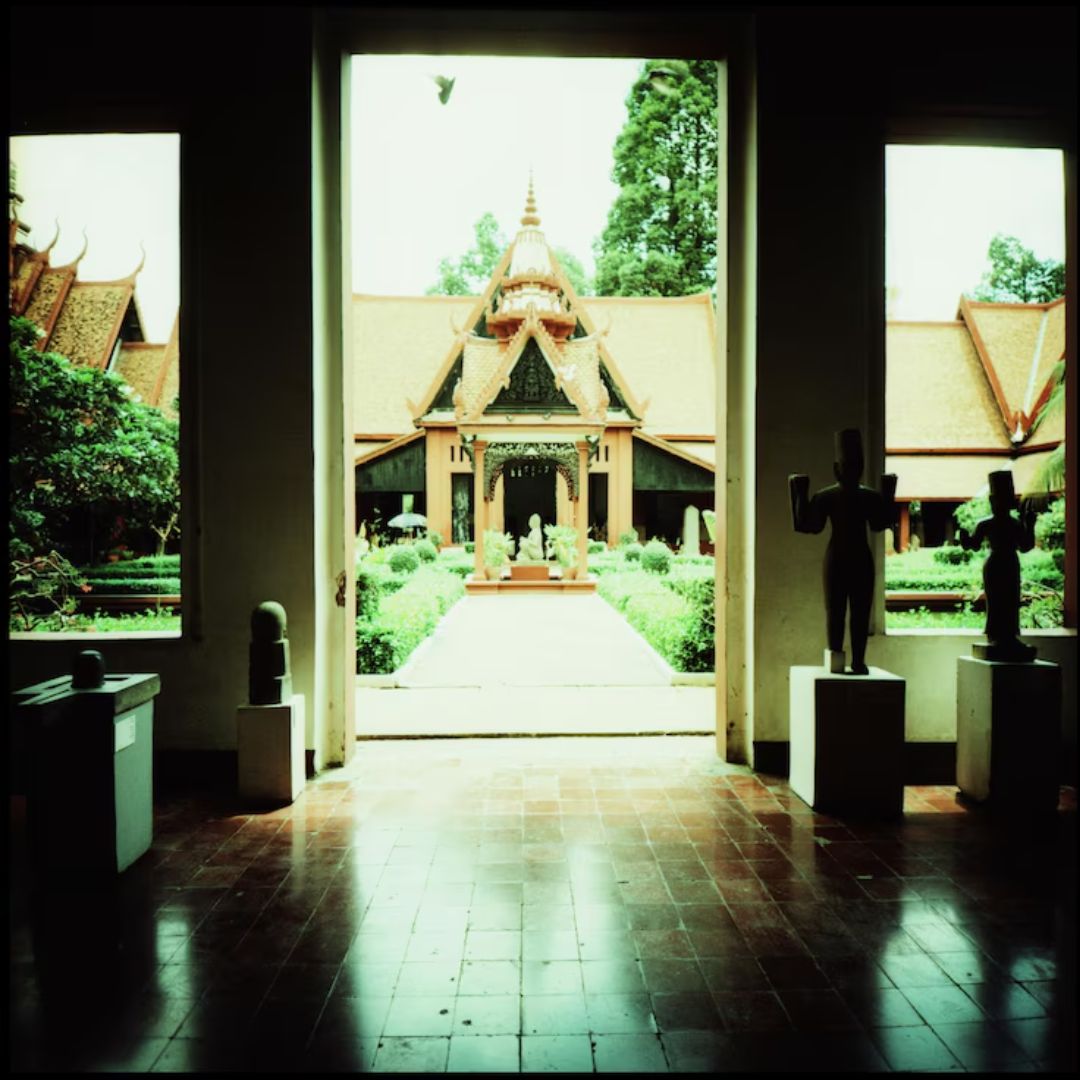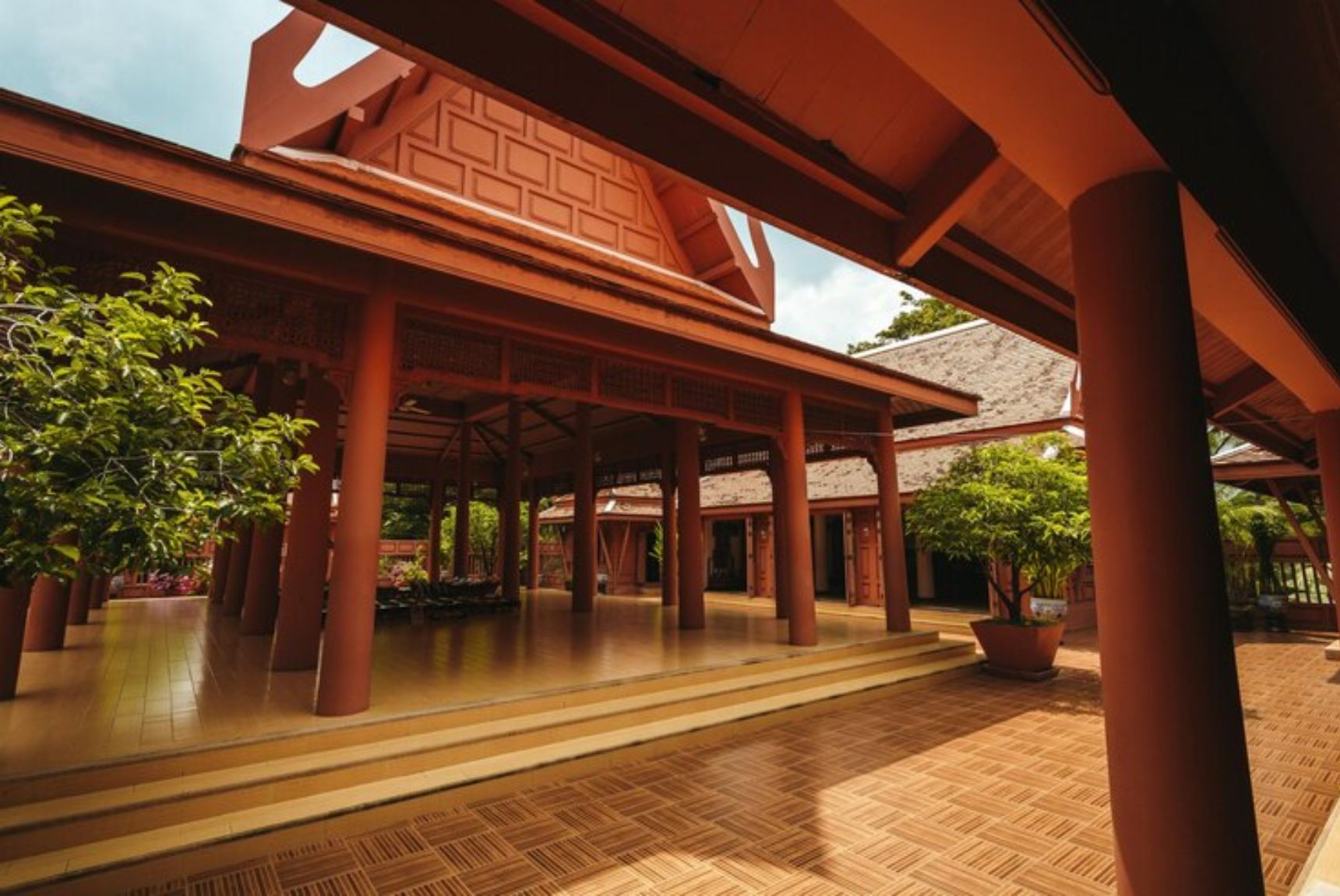In an age where design trends shift at the speed of a scroll, House of Pridi offers a countercurrent—a luxurious vision rooted in tradition yet propelled by innovation.
This design house has made a name by doing what few dare: reimagining Thai heritage through a contemporary lens while honoring the spirit of its origins.
House of Pridi isn’t just reworking motifs or copying the past—it’s crafting a new design language that speaks to modern sensibilities while singing with ancestral resonance.
Honoring the Past Without Repeating It
At the heart of House of Pridi’s ethos is the belief that tradition is not a relic but a resource. Instead of mimicking the forms of the past, the brand studies them—drawing meaning from their symbolism, structure, and story.
This reverence becomes the springboard for creativity. Design elements inspired by temple murals, traditional textiles, or architectural flourishes are abstracted, recontextualized, and transformed—creating a holistic experience that nourishes both mind and body.
The result is a visual and emotional language that respects the past but communicates in the present. This dynamic approach makes House of Pridi especially appealing to a new generation that seeks both authenticity and originality.
Redefining Thai Aesthetics Through Form and Function

While traditional Thai art often evokes grandeur and ornamentation, House of Pridi applies a minimalist, functional approach. Clean lines, sculptural shapes, and subtle details replace elaborate embellishments, creating designs that are deeply Thai yet undeniably modern.
This aesthetic reinvention reflects a larger cultural moment—one where heritage is no longer confined to ceremonial use or tourist spaces. With House of Pridi, Thai aesthetics are elevated into the global design dialogue, making them relevant in luxury interiors, fashion, and conceptual art circles.
Materials with Memory and Meaning
The materials used by House of Pridi aren’t just chosen for their texture or color; they are selected for their stories. Locally sourced wood, handwoven silk, reclaimed metals—each element has a past. These materials carry memories of place, people, and process, enriching the final creation with an invisible but palpable sense of meaning.
By integrating artisanal techniques and sustainable sourcing, the brand ensures that every item isn’t just beautiful but responsible. This creates a deep, often emotional connection between the product and its owner—something mass production can never replicate.
Crossroads of Art and Cultural Commentary
House of Pridi often blurs the lines between design and cultural expression. Each collection poses questions about identity, belonging, and transformation. Whether it’s a chair inspired by the posture of Thai dancers or a lamp that echoes the curves of a temple stupa, the work invites reflection.
This intellectual and artistic dimension makes the brand more than a marketplace—it becomes a platform for dialogue, exhibition, and education. Collaborations with historians, artists, and cultural researchers further cement its role as a design house with depth.
Designing for a Global Thai Identity

Today’s Thailand is a fusion of tradition and transition, and House of Pridi captures this duality beautifully. It speaks to both local pride and global curiosity. Its appeal lies in its ability to encapsulate a nuanced Thai identity that is not bound by geography but shaped by values and vision.
Through this approach, the brand creates designs that feel familiar yet surprising, rooted yet exploratory—perfect for a global citizen who wants their space and style to reflect both personal heritage and cultural literacy.
Conclusion
House of Pridi’s contemporary Thai vision is not just about creating beautiful objects—it’s about shaping cultural meaning. By honoring the past, embracing modern design, and inspiring introspection, the brand becomes a living narrative of what Thai heritage can become.
It proves that when tradition is approached with curiosity and courage, it transforms—not into something lost, but something reborn.


